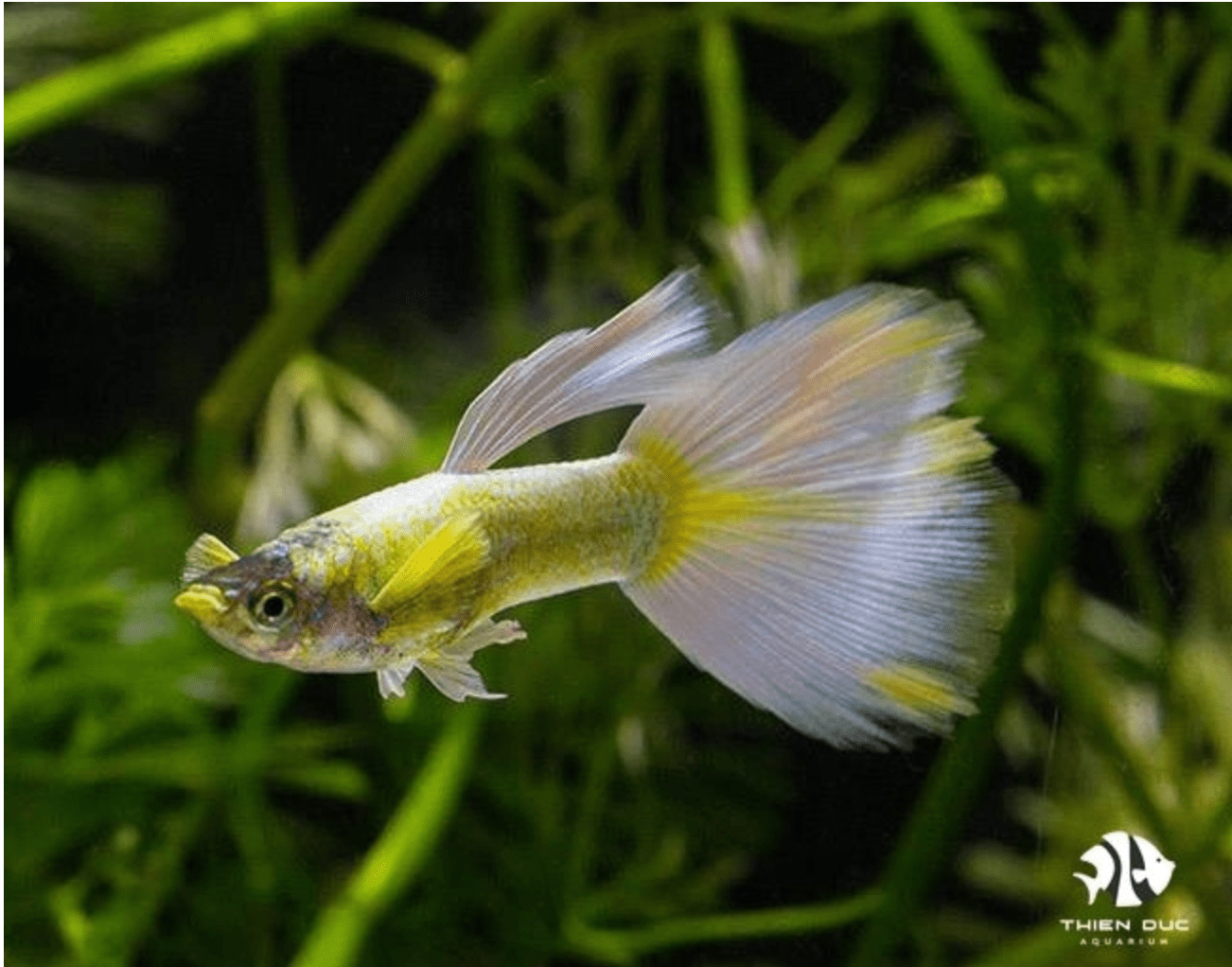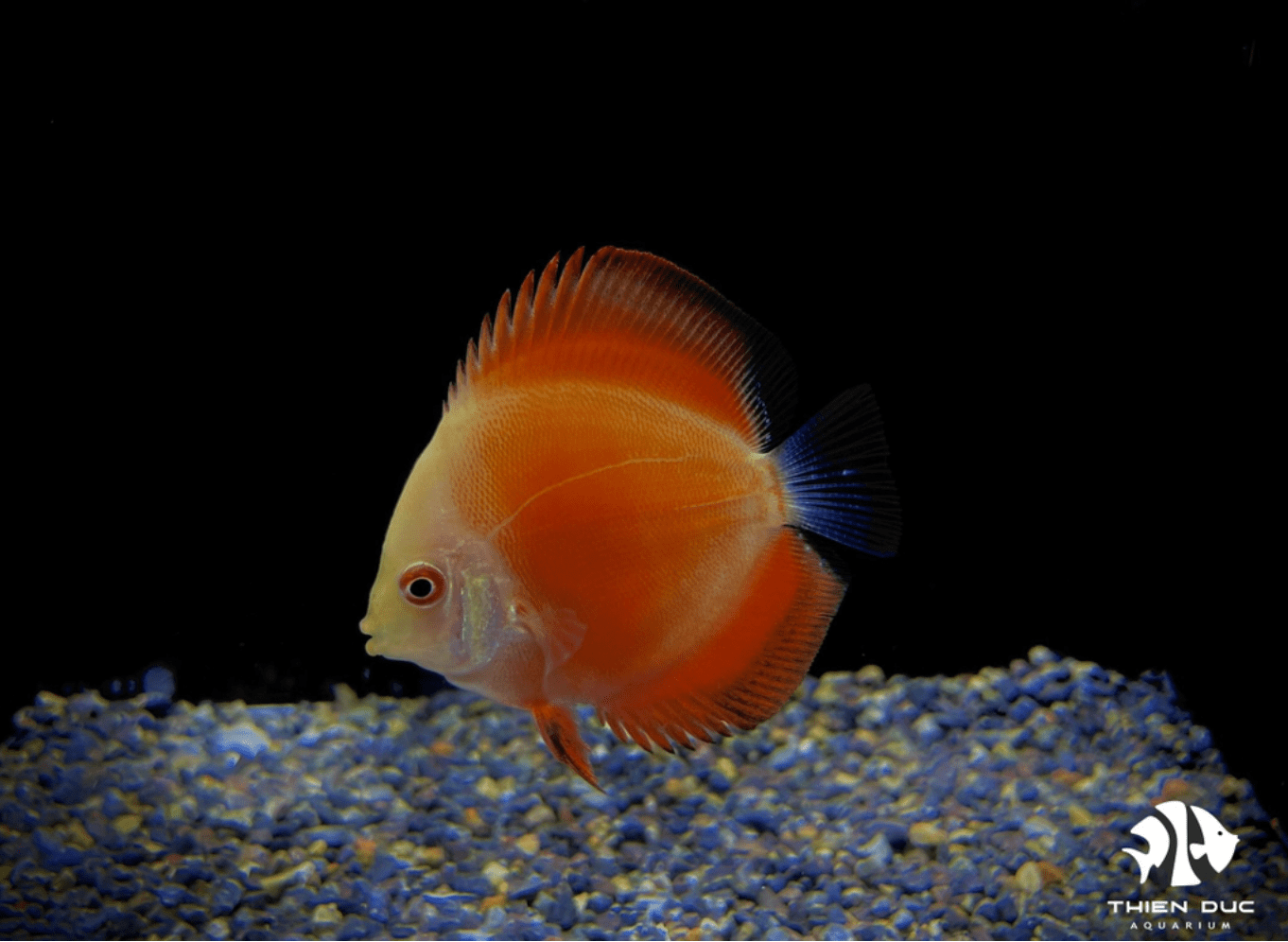EU Live Fish Import Regulations: 2025 Complete Compliance
The vibrant European ornamental fish market presents a significant opportunity, yet it is guarded by a fortress of intricate legislation. Successfully entering this premium market hinges on a deep mastery of the EU live fish import regulations, a challenge that can seem daunting. At ThienDuc Aquarium, we have transformed this complex process into a streamlined operation over the last decade. This definitive guide distills our hands-on experience into a clear, actionable roadmap, ensuring your business is prepared for complete compliance and success in 2025 and beyond.
Understanding the Core Principles of European Union Fish Import Rules
Before diving into the specific steps of the export process, it’s essential to understand the philosophy behind the European Union's stringent import rules. The entire framework is built on the paramount principle of biosecurity. The primary goal of these regulations is to protect the EU’s native aquatic biodiversity and aquaculture industries from the introduction of exotic diseases. This preventative approach is why every single step, from your facility to the final customer, is carefully monitored.
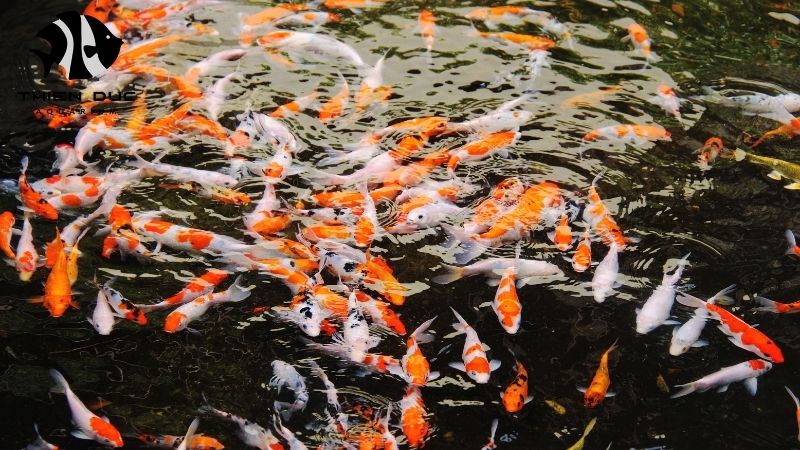
The legal foundation for this is the comprehensive Animal Health Law (AHL), specifically Regulation (EU) 2016/429. This law harmonizes the rules for all live animals entering the EU, ensuring a consistent and high level of protection across all member states. For ornamental fish exporters, this means that the EU live fish import regulations are not arbitrary; they are part of a larger, well-defined biosecurity strategy. Understanding this context helps in appreciating the necessity of each document and procedure.
The process involves several key stakeholders, each with a defined responsibility: the competent authority in the exporting country (e.g., the Department of Animal Health), the exporter (your business), the EU-based importer, and the officials at the EU Border Control Post (BCP). A seamless import operation depends on clear communication and coordination between all these parties. The scope of these rules is broad, covering all live aquatic animals—including freshwater fish, marine fish, and invertebrates—destined for "closed ornamental facilities" like aquariums, garden ponds, and pet shops.
Your Step-by-Step Guide to Compliance: Key Requirements for Importing Live Fish to Europe
Navigating the practical side of compliance requires a methodical, step-by-step approach. Missing a single detail can result in costly delays or the rejection of an entire shipment. The following five steps represent the critical path to mastering the EU live fish import regulations and ensuring your consignments clear customs smoothly.
Step 1: Pre-Export Facility and Health Approval
Your journey to EU compliance begins long before any fish are packed. Your facility must be officially registered and approved by the competent authority in your home country specifically for the purpose of exporting to the European Union. This isn't a simple registration; it involves demonstrating that your facility meets specific biosecurity standards designed to prevent disease outbreaks.
A core component of this approval is establishing and maintaining a robust health surveillance program. You must have a documented plan for regular health checks, diagnostics, and disease monitoring that aligns with the EU’s list of specified aquatic diseases.
You need to maintain detailed logs of all animal movements, health inspections, water quality tests, and any treatments administered. These records are vital for audits by your local authority and are the basis upon which the official health certificate is issued. This foundational step is the bedrock of the EU live fish import regulations.
Step 2: Mastering the Animal Health Certificate for EU Entry
The Animal Health Certificate is the passport for your fish. It is the single most critical document in the entire process and serves as a legal declaration from your country's veterinary authority to the EU that your consignment meets all health requirements. It attests that the fish originate from an approved facility and are free from specified diseases.
Using the correct, most recent version of the certificate model for your specific commodity (e.g., ornamental freshwater fish) is crucial, as these documents are updated periodically. The certificate must be filled out perfectly, without errors or ambiguity, and then signed and stamped by an official veterinarian.
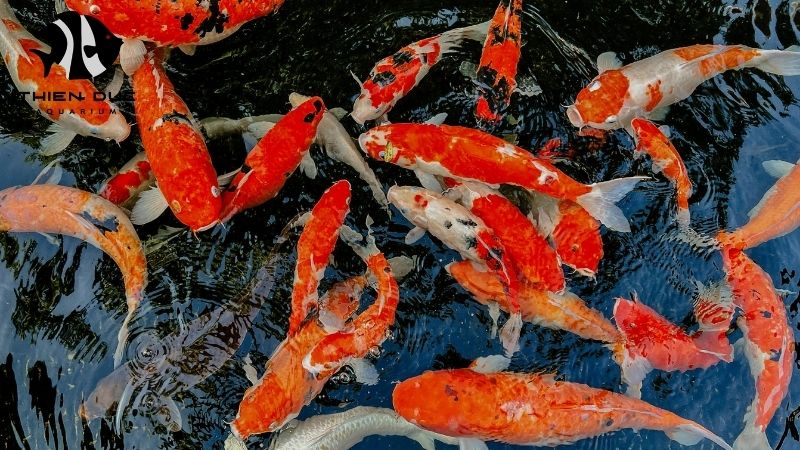
They will verify your facility’s records before attesting to the health status of the shipment. Any discrepancy, however small, will be flagged during the documentary check at the EU border and will lead to rejection. A perfect certificate is a cornerstone of the EU live fish import regulations: 2025 complete compliance.
Step 3: Navigating the TRACES NT System
The days of purely paper-based certification are over. The EU live fish import regulations mandate the use of TRACES NT (Trade Control and Expert System New Technology), the EU’s integrated online platform for managing the entire sanitary certification process. While you as the exporter do not directly create the entry document, your role is pivotal.
Before your shipment arrives, your EU-based importer must log into TRACES NT to create Part I of the Common Health Entry Document (CHED-A). To do this, they need all the critical information from you, including the airway bill number, packing list details, and an electronic copy of the signed Animal Health Certificate. Providing this information accurately and promptly is essential. This digital submission pre-notifies the Border Control Post of your consignment's impending arrival, allowing for a more efficient clearance process. Proficiency with the information flow required for TRACES NT is a modern requirement for exporters.
Step 4: Adhering to Transport and Animal Welfare Regulations
Compliance extends to the physical journey of the fish. The EU places a strong emphasis on animal welfare during transport, and failure to comply can be grounds for rejection. All packaging must strictly adhere to the IATA Live Animals Regulations (LAR), which sets the global standard for air transport. This includes using appropriate packing materials, ensuring correct stocking densities, and providing sufficient oxygenation for the expected duration of the journey.
Beyond the packaging itself, you must manage and document water quality parameters within the transport bags. Clear and accurate labelling on the exterior of each box is also mandatory. Labels must detail the scientific name of the species, the quantity of fish, and any special handling instructions. Adhering to these transport standards demonstrates professionalism and respect for the animals, a key component of the EU live fish import regulations.
Step 5: Arrival and Border Control Post (BCP) Procedures
The final stage of the import process occurs when your shipment lands in the EU. Your consignment must arrive at a designated Border Control Post (BCP) that is specifically equipped and authorized to handle live aquatic animals. Not all airports or ports have this designation.
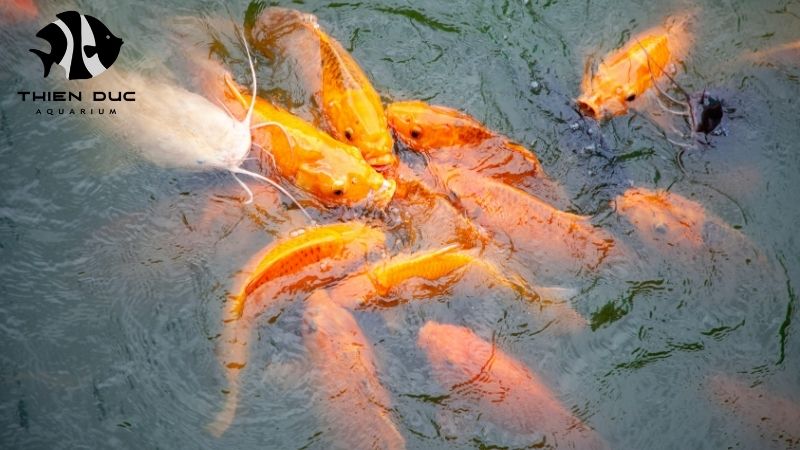
At the BCP, veterinary officials will conduct a series of mandatory checks:
-
Documentary Check: The official health certificate and other documents are meticulously compared with the information submitted in the CHED on the TRACES NT system.
-
Identity Check: The seals on the consignment are checked, and officials verify that the species and quantities in the boxes match the declaration on the paperwork.
-
Physical Check: A percentage of consignments will undergo a physical inspection. Officials may open boxes to assess the health and welfare of the fish, check for clinical signs of disease, and ensure transport conditions were met.
Only after successfully passing all three checks will the BCP officials validate the CHED, officially clearing the consignment for entry into the EU. This final checkpoint is where your diligent preparation regarding the EU live fish import regulations pays off.
Conclusion: Mastering EU Live Fish Import Regulations for Success
Successfully exporting to the European Union requires more than just high-quality fish; it demands a deep understanding and meticulous execution of the EU live fish import regulations. From pre-export health approvals and flawless animal health certificates to proficient use of the TRACES NT system and adherence to strict welfare standards, every step is critical. By treating these regulations not as barriers but as a framework for quality, exporters can build trust and secure long-term success in this lucrative market. Achieving EU live fish import regulations: 2025 complete compliance is a mark of excellence that sets serious exporters apart.
Contact Information:
For the finest selection of freshwater ornamental fish to bring your biotope vision to life, contact the experts at ThienDuc Aquarium
-
Address: 57 Le Thi Sieng, Tan Thong Hoi, Cu Chi, Ho Chi Minh City, Viet Nam
-
Mobile: +84903912501
-
Office: +84982577871
-
Email: thien@thienducaquarium.com




